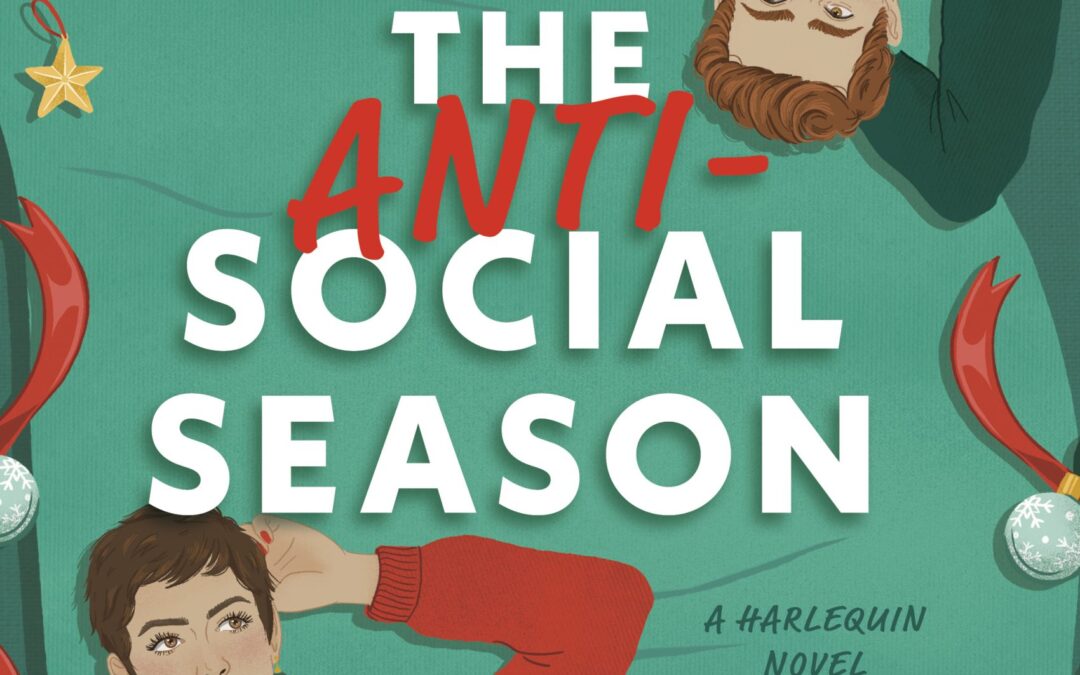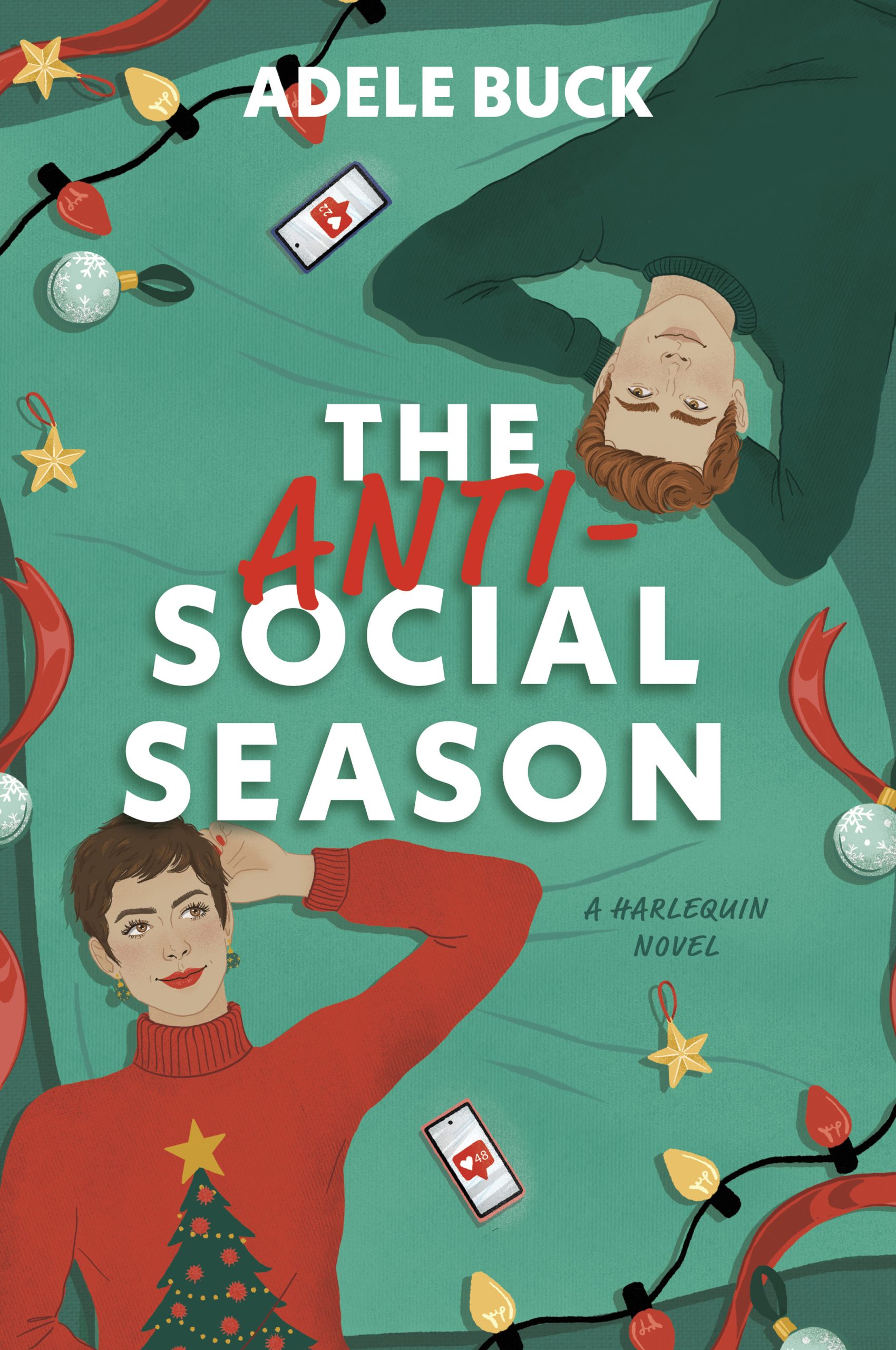
iStock/RyanJLane
Physician and author explores the myths around postpartum.
The trap is easy to fall into—images of beautiful babies swaddled in bunting, birth mothers sporting post-birth figures that have immediately snapped back into pre-pregnancy place, mother and child in a blissful breastfeeding scene, fathers embracing skin-to-skin contact with their newborns and on it goes.
While some of those images speak a truth, there’s more to the postpartum story than typically meets the public or social media eyes. The definitions of family and the experiences with welcoming a baby into a home are varied, and, often, those versions don’t make it into many adaptations of the storybook.
Erin Stevens, MD, added to the narrative with her first book, Unexpected: A Postpartum Survival Guide (Wise Ink Creative Publishing, 2020). “I originally was planning to create a short handout that reviewed expectations for the postpartum period to provide to patients in my office as it seems that many people are unprepared for the realities of that time,” the OB/Gyn says. “People don’t generally talk about their postpartum experiences publicly … and there’s sort of this societal assumption that people are just supposed to be happy to have a baby.”

But not everyone goes home from the hospital with a baby. Consider stillbirths, surrogacy, NICU babies, for example. For those who do go home with their child, there can be a host of other postpartum issues, including bleeding, cramping, hemorrhoids, issues with sex, difficulties with lactation, mood issues, poor sleep and on it can go. “When issues do arise then, they’re not sure what’s normal, how to manage it and when they should be reaching out to a healthcare professional,” Dr. Stevens says. “This allows serious complications of many kinds to worsen without appropriate management.”
Stevens, who has worked at Maple Grove’s Clinic Sofia since 2017, strives to make the book accessible and relevant to everyone, who can experience pregnancy, including transgender and non-binary individuals, gestational carriers, people who experience a stillbirth and their partners. “This meant not carrying assumptions that there’s a baby present postpartum; avoiding words like woman, mother and parent; and acknowledging without judgment that each individual’s experience may be different than that of the next,” she says.
Each chapter is driven by medical information and anecdotes and most conclude with symptom information, key products and questions to ask a healthcare professional. Topics include vaginal tearing , Cesarean section issues, bleeding, cramping, urinary issues, constipation, hemorrhoids, exercise, body changes, sex, birth control, breast- and chest feeding, formula feeding, postpartum mood disorders, bonding, sleep, emergencies and more.
“… now more than ever, people are in need of additional guidance,” Stevens says. “Many are finding they don’t have the same access to a routine prenatal care schedule, childbirth education, lactation support, hospital tours, etc. that they would have had before the pandemic. It’s a scary time with a lot of unknowns. Information and support is so crucial. It’s also incredibly important to normalize asking for help—from friends, family and healthcare professionals—when needed.”
Awareness Matters
According to Erin Stevens, MD, postpartum mood disorders occur more often than believed, and underreporting remains a significant issue when gathering data.
“The biggest misconception is that it indicates the person suffering with it is a bad person or bad parent,” she says. “That is absolutely not tßhe case, but this perception prevents many people from talking about their symptoms and makes the situation worse.”
“[They] may be experienced by the person who gave birth, their partner(s) or adoptive parents,” she says.
Symptoms may include:
Loss of interest/pleasure in previously enjoyable activities
Loss of appetite or overeating
Insomnia or sleeping too much
Racing or obsessive thoughts
Extreme irritability
Uncontrollable crying
Rapid mood swings
Constant worry
Feelings of hopelessness or worthlessness
Inability to concentrate
Fear of failing as a parent
Thoughts of harm to one’s self, baby or others






















